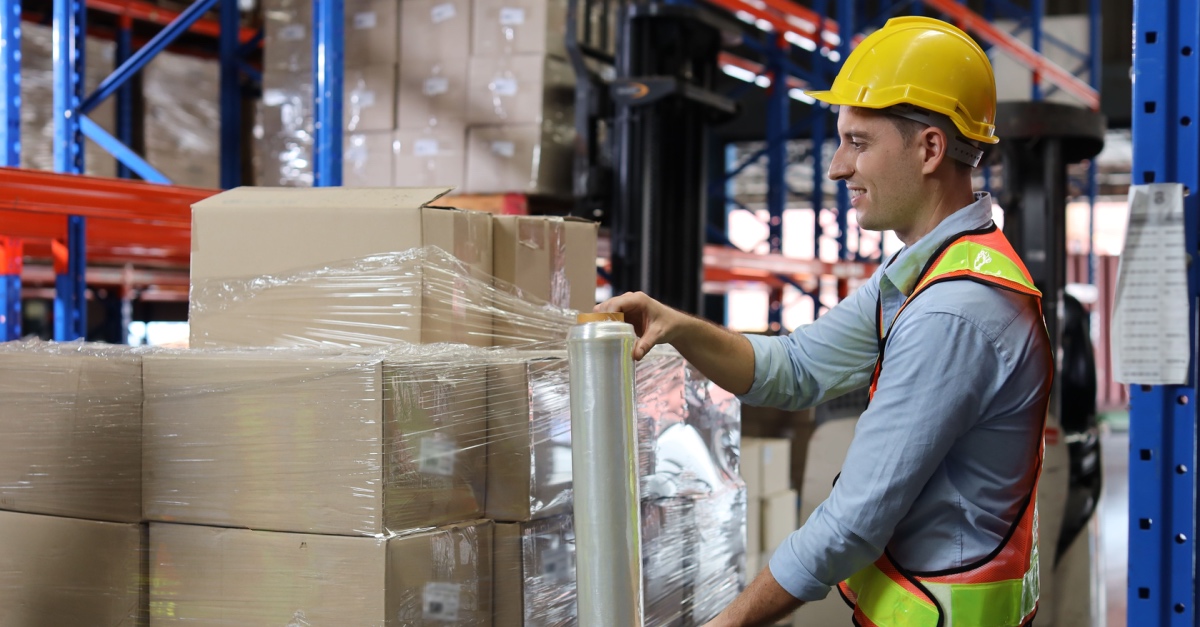

One month into 2024, headlines are noting challenges in the sector, including layoffs and lower results from bellwether firms. However, the broader economy appears to be in better shape, based on the latest GDP figures and confidence from CEOs. Here are some top stories.
According to the U.S. Department of Commerce, real GDP increased 3.3% percent in Q4, compared to 4.9% in Q3. The department said the Q4 increase was due to increases in consumer spending and exports. Also, more than a third of CEOs polled by The Conference Board in Q4 voiced optimism about near-term economic growth, nearly doubling the 19% figure from the prior quarter.
There was hopeful news in manufacturing, where economic activity inched up, according to the Institute for Supply Chain Management. Its Purchasing Managers Index read 49.1% for January, up from 47.1% in December; a rating of 50% or more indicates growth. New orders were at 52.5%, up from a seasonally adjusted 47% in December, and production also showed expansion at 50.4% (49.9% in December). This is in line with numerous reports that inventory levels are back down from their pandemic highs.
Both shipment volume (-15.7%) and trucking spend (-13.5%) were down in Q4, according to the U.S. Bank Freight Payment Index; the former was the largest decline in the index’s 25-year history. All regions saw volume drops, the largest being the Southeast (-25.4%) and Northeast (-23.8%).
Economic uncertainty and inventory declines led to fewer mega warehouse deals in 2023, CBRE reports. Forty-three of the top 100 leases registered 1 million square feet or more, compared to 63 in 2022. 3PLs, however, saw increased activity, with 29 of the top 100 deals, up from just 11 in the prior year.
UPS saw lower volume from major accounts, contributing to declines in both revenue (-7.8%) and operating profit (-22.5%) for Q4. Full-year projections call for a light revenue gain but an operating margin decline. UPS is evaluating strategic alternatives including a potential sale of its Coyote Logistics freight brokerage business, acquired in 2015 for $1.8 billion.
C.H. Robinson had a rough Q4 as well, with operating income down 34.7% from 2022 and down sequentially from Q3. Its North American Surface Transportation (NAST) unit, which handles 3PL services, saw a 15.8% decline in revenue from the year-ago quarter.
Employment in warehousing and logistics is down from the pandemic boom times. According to preliminary data from the Bureau of Labor Statistics, the sector employed 1.85 million, the lowest figure since November 2021. Major firms announcing layoffs include GXO, UPS, Radial, DHL eCommerce and Schenker, in addition to a number of retailers.
There either is or isn’t a massive truck driver shortage. The American Trucking Association (ATA) claims there are 60,000 fewer drivers than needed. But a new academic study, led by a former trucker, says it just isn’t so. “We review the evidence for a shortage and find it unconvincing,” the study states, per LandLines.
There isn’t as much debate over logistics and supply chain labor. According to Descartes, more than 75% of supply chain leaders said there are “notable workforce shortages.” Over a third (37%) said the shortage was “high to extreme.” It’s taking a toll on customers, with 58% saying service levels are being negatively impacted. Warehouse automation is often seen as a way to de-risk workforce issues.
When ongoing Red Sea disruptions from Houthi rebels are in the rearview, the reopening of the vital channel will present its own set of challenges, according to a Journal of Commerce op ed. In a repeat of the 2022 Suez reopening on a larger scale, the sudden early arrival of vessels will create a “cargo surge” that plays havoc with port traffic. Supply chain leaders, therefore, need to run scenarios based on various Red Sea reopening dates at different points in the seasonal demand cycle.
Elsewhere, supply chain executives view India as a less risky alternative to China for sourcing due to ongoing geopolitical turmoil. Of 500 U.S. managers surveyed by UK market research firm OnePoll, 61% listed this preference, assuming both countries could manufacture the same goods. Over half (56%) said they’re looking to India vs. China for their supply chain needs within the next five years.
Supply chain disruptions are a fact of life. While economic indicators are pointing north, geopolitical tension continues, layoffs continue, and a contentious election lies ahead. In this climate, shippers need a solid logistics partner to help them navigate rough seas. Whether trucking capacity is scarce or in excess, a technology assist from a transportation management system (TMS) helps ensure greater efficiency and optimized spend.
Productiv, a leading 3PL, provides everything from warehousing and transportation management to reverse logistics, kitting and assembly, and DTC/eCommerce fulfillment. We consistently meet or exceed SLAs at a competitive price, for a lower TCO that increases supply chain velocity and helps you get products to market faster.
Here are just three examples of Productiv’s service excellence:
To learn more or get a free quote, talk to an expert at Productiv today!

Indicators of supply chain health are a mixed bag lately. A trade group said “normalcy” won’t be achieved in 2024, while the Fed called them “resilient.”

Warehouse labor management is such an evergreen issue, that it should have its own scientific plant name in Latin. How do we consistently find sufficient labor? How do we maintain productivity? What approach do we use?
Get ideas on how to delight your customers with delivery on their timeline.